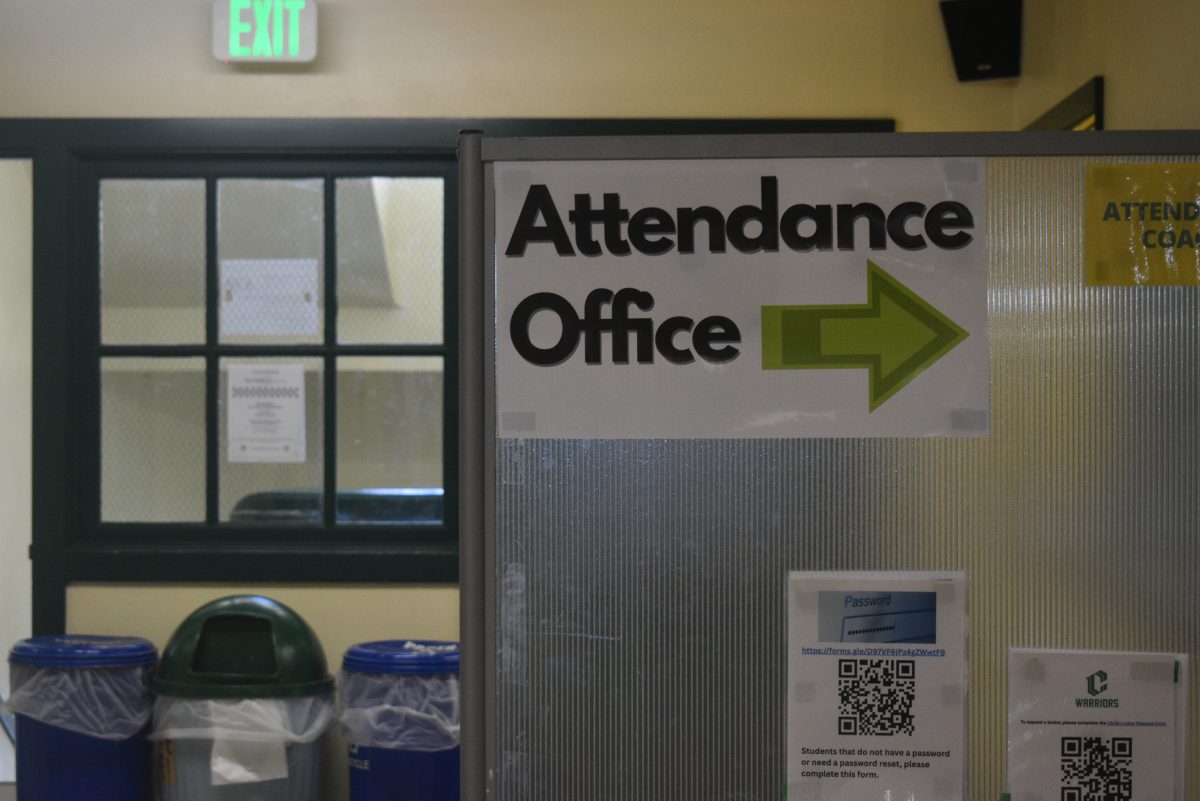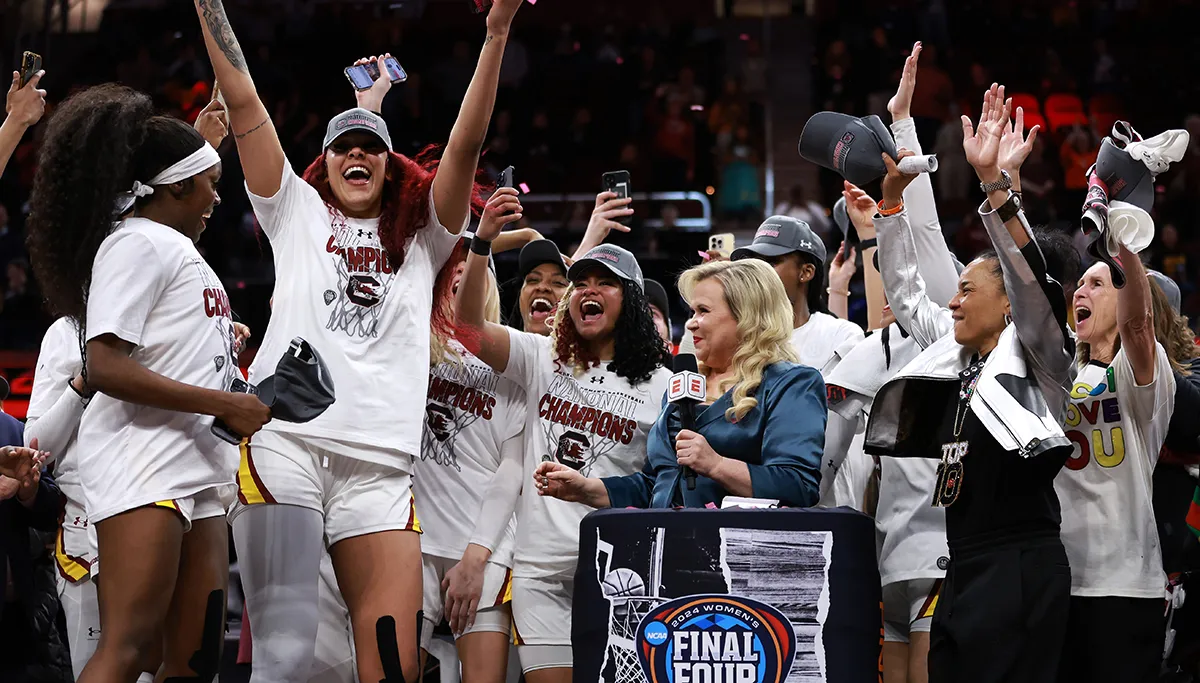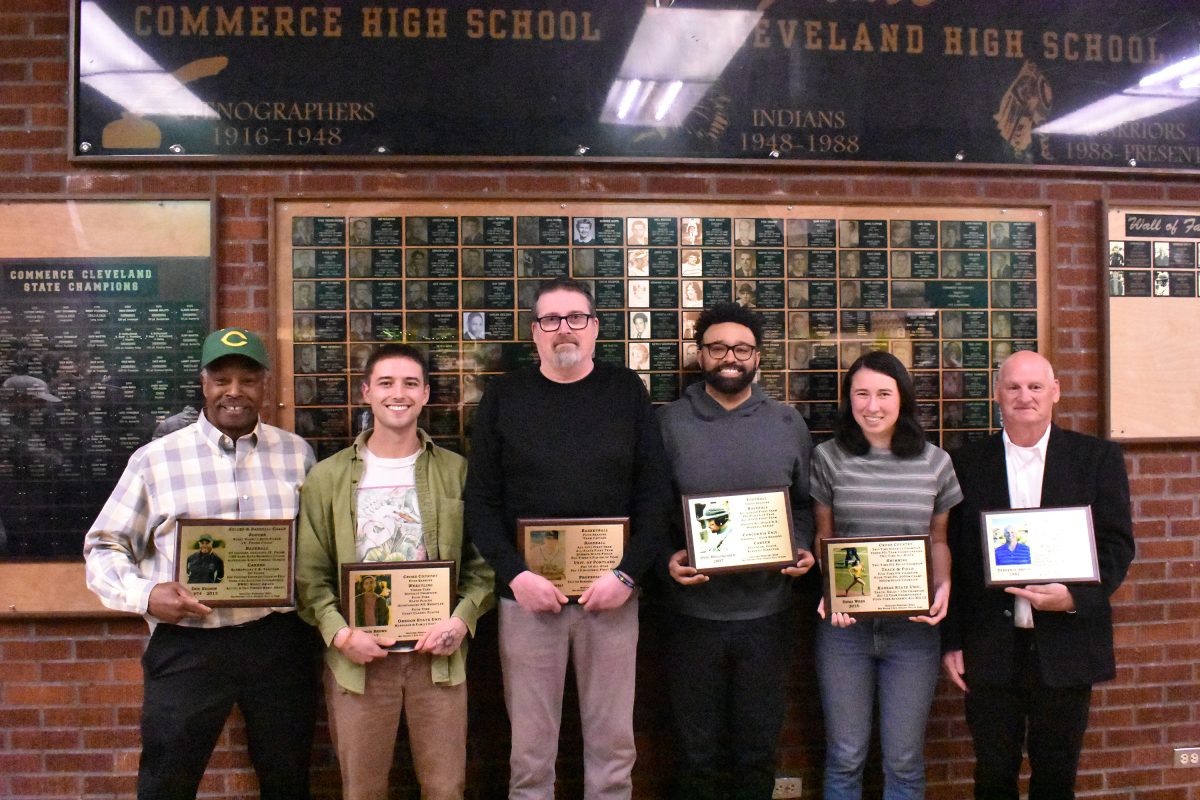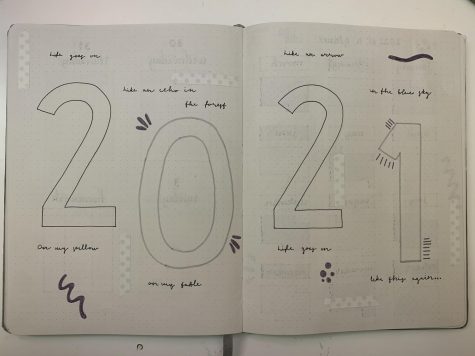Modern Feminism: Double feature
March 6, 2017
“Hidden Figures”!
Last issue brought you a preview of movies to look forward to in 2017, including “Hidden Figures.” I’m here to tell you that this is one of the best movies I’ve ever seen. I work at a theater and I was so excited about it that I basically begged my manager to let me go to the last showing of the night, on opening night, right after my shift ended. Thankfully, it was a yes.
“Hidden Figures” is the true story of three black women who worked for NASA in 1962. Katherine Johnson (formerly Goble), played by Taraji P. Henson, is a “computer” (during a time when people had to do all the calculations instead of a machine) who worked at the Langley Research Center, which was a segregated campus at the time. Johnson worked with friends Mary Jackson, played by Janelle Monae, and Dorothy Vaughn, played by Octavia Spencer. Jackson also worked in the computing department but was more interested in engineering. Vaughn was basically the supervisor of the whole black female computing department, although wasn’t given the actual title of supervisor until the end of the film.
Although the movie has thorough storylines for all three characters, it focuses most on Katherine Johnson. She is placed in the Space Task Group as an interim computer. In a room of almost 40 white men and one white woman, Johnson has to deal with a plethora of racial and gendered complications. I don’t want to give too much away, but all three women overcome many challenges that are solely based on the fact that they are black women. In the film, Katherine Johnson worked on the trajectories for the Friendship 7 mission in which astronaut John Glenn was to orbit the earth seven times. Due to technical issues, it ended up only being three orbits, but Glenn was returned to Earth safely.
After the Friendship 7 mission, Johnson continued working in the space program and went on to calculate launch and landing for the Apollo 11 and 13 missions. Johnson was awarded the Presidential Medal of Freedom in 2015 by former President Obama. Jackson and Vaughn also went into their respective fields at the Langley Center. Jackson overcame obstacles and became an engineer, and Vaughn became supervisor of the integrated computing unit which now operates the IBM computer on the Langley campus.
There were so many hardships that these women had to overcome. The film is truly inspiring. I left the theater feeling such gratitude and appreciation for the women who came before us. Women like Johnson, Jackson, and Vaughn proved that it is possible to pursue any career one is passionate about, no matter their race or gender. Please go see “Hidden Figures.” It is the perfect, empowering kind of movie that all young girls and boys should be exposed to.
Why Is “Dirty Dancing” Relevant Again?
The romantic dance classic “Dirty Dancing” was released in 1987, but the film takes place in the summer of 1963. Female lead Baby Houseman (played by Jennifer Grey) is staying at the Kellerman’s resort with her family. The resort specializes in dance lessons that are fun for the whole family. The employees and dance crew gather in their quarters at night for dancing that is not of the family friendly variety. Baby is exposed to the parties when she helps a staff member carry watermelons to the staff area.
Amazed and intrigued by it all, Baby meets Johnny Castle (played by Patrick Swayze) and he teaches her a couple dance moves, although her versions of them are riddled with awkwardness and absolutely no rhythm. Castle’s regular dance partner, Penny Johnson (played by Cynthia Rhodes) becomes pregnant by a sleezy employee who refuses to take responsibility. When Baby finds out about the situation, she borrows money from her father to pay for Penny to get an abortion. However, 1963 is pre Roe v. Wade, and Penny goes to a back alley abortionist who uses a “dirty knife” and “folding table.” Penny becomes very sick but is thankfully taken care of by Baby’s father who is a physician. During the procedure, Baby fills in for Penny in a dance performance with Johnny and the romance is born.
“Dirty Dancing” is a perfect on screen depiction of what can happen when abortions aren’t legal and safe. The screenwriter, Eleanor Bergstein, was very adamant about keeping the abortion plot line, even though at the film’s release, the Roe v. Wade decision had been made. In an interview with Huffington Post, Bergstein said, “As it came to be, right before the movie came out, a national sponsor saw it and asked to take the abortion out. The studio came to me when the film was already shot and asked me to take the abortion out. I could say quite truthfully, ‘Well, I can’t, because if there’s no abortion in it, there’s no reason for Baby to learn to dance, to fall in love with Johnny — so the whole story falls apart.’” If you’ve never seen “Dirty Dancing,” I suggest watching it ASAP. This illegal abortion situation could very well be our future under a Trump-Pence administration, and everyone needs to realize what kind of harm that can cause. So look at that, now you have two movie recommendations. If you choose to see either, I hope they are enjoyable!






















